NASA APOD #662-671
#662 The Sun Puffs
Credit: April 11, 1997
“The Earth has once again endured a burst of particles from the Sun. The latest storm, which began Monday, was one of the best documented solar storms to date. At 10 am (EDT) ground monitors of the SOHO spacecraft, which continually monitors the Sun, noticed a weak spot in the solar corona was buckling again, this time letting loose a large, explosive Coronal Mass Ejection (CME). Almost simultaneously, NASA's WIND spacecraft began detecting bursts of radio waves from electrons involved in this magnetic storm. Supersonic waves rippled though the solar corona as a puff of high energy gas shot out into the Solar System. The above image shows two photographs of the Sun taken about 15 minutes apart and subtracted, highlighting the explosion. The CME gas will have little lasting effect on the Earth, but might make this a good weekend to see an aurora. "
Copyright: Public domain
#663 Arecibo: The Largest Telescope
Credit: April 12, 1997
“The Arecibo radio telescope is currently the largest single-dish telescope in the world. First opening in 1963, this 305 meter (1000 foot) radio telescope resides in a natural valley of Puerto Rico. The Arecibo telescope has been used for many astronomical research projects, including searches and studies of pulsars, and mapping atomic and molecular gas in the Galaxy and the universe. As the Arecibo dish can also be used to send radio waves, it has bounced and recorded radiation off of planets in our Solar System, and has even broadcast messages to areas of the Galaxy that might contain intelligent extra-terrestrial life. Any person in the world may use the telescope, providing their proposal is selected by a review committee. "
Copyright: Public domain
#664 Jets From SS433
Credit: April 13, 1997
“SS433 is one of the most exotic star systems known. Its unremarkable name stems from its inclusion in a catalog of stars which emit radiation characteristic of atomic hydrogen. Its very remarkable behavior stems from a compact object, a black hole or neutron star, which has produced an accretion disk with jets. As illustrated in this artist's vision of the SS433 system based on observational data, a massive, hot star (left) is locked in a mutual orbit with a compact object. Material transfers from the massive star into an accretion disk surrounding the compact object blasting out two jets of ionized gas in opposite directions - at about 1/4 the speed of light! Radiation from the jet tilted toward the observer is blueshifted, while radiation from the jet tilted away is redshifted. The binary system itself completes an orbit in about 13 days while the jets precess (wobble like a top) with a period of about 164 days. Are the jets from SS433 related to those from black holes at the centers of galaxies? "
Copyright: Public domain
#665 Hale-Bopp's Hoods
Credit: April 14, 1997
“Comet Hale-Bopp is spinning. The nucleus of the comet is a dirty snowball about 25 miles in diameter that spins about once every 12 hours. As Comet Hale-Bopp spins, parts of the comet's surface shoot away in jets. Ejected material therefore makes rings, which appear in above photograph as "hoods" in the coma. Even though the central part of Comet Hale-Bopp's coma is quite condensed, the nucleus is not visible. Comet Hale-Bopp is now headed south, away from the Sun, and is getting dimmer. At its brightest last week, it was even brighter than Comet Hyakutake was last year, although with a less prominent tail. Comet Hale-Bopp will still be easily visible to northern observers for several weeks in the northwest sky after sunset. "
Copyright: Public domain
#666 Hale-Bopp and Plateau de Bure Interferometer
Credit and Copyright: April 15, 1997
“Comet Hale-Bopp is being observed by many different telescopes. Here the comet is pictured behind the array of radio telescopes which compose the Plateau de Bure Interferometer. These telescopes are being used to detect the presence of different molecules in the coma and tail of Comet Hale-Bopp. Molecules detected in the comet include carbon monoxide and sulfur dioxide. The abundance of different types of molecules in Comet Hale-Bopp's coma give clues to its composition and history, as well as clues to the composition and history of our Solar System. Comet Hale-Bopp has now rounded the Sun and is headed back out. It can still be seen by northern observers for several weeks in the northwest sky after sunset. "
Copyright: Public domain
#667 A Star Cluster Through Hale-Bopp's Tail
Credit and Copyright: April 16, 1997
“Comet Hale-Bopp continues to look impressive. The photograph above captured the comet on April 7th passing nearly in front of M34, a star cluster in the constellation of Perseus. Many of the stars in this open cluster can be seen through Comet Hale-Bopp's white dust tail. The bright blue ion tail now shows several streams. Now receding from both the Sun and the Earth, Comet Hale-Bopp should still remain an impressive sight for weeks to come as it slowly fades. "
Copyright: Public domain
#668 Pwyll: Icy Crater of Europa
Credit: April 17, 1997
“The impact crater Pwyll (a name from Celtic Mythology) is thought to represent one of the youngest features on the surface of Jupiter's moon Europa. A combination of color and high resolution black and white data from NASA's Galileo spacecraft was used to produce this view looking down on the crater with the sun illuminating the scene from the right. Pwyll's visible dark central region is about 24 miles in diameter, while brilliant white rays of debris blasted from the impact site extend outward for hundreds of miles. The white debris or ejecta clearly overlays everything else on the surface - indicating that this formation is younger than all surrounding features. Interestingly, the bright white color suggests a composition of fresh water ice particles. Does water in liquid form exist below Europa's icy surface?"
Copyright: Public domain
#669 Solar Storm Causes X-Ray Aurora
Credit: April 18, 1997
“On April 7, the SOHO spacecraft spotted a Solar Storm ejecting a cloud of energetic particles toward planet Earth. The plasma cloud's center missed Earth, but high energy particles swept up by Earth's magnetosphere still created a geomagnetic storm! Residents of northerly lattitudes were treated to the spectacle of brilliant aurora as curtains of green and white light danced across the sky. In this image from April 11, the Polar Ionospheric X-ray Imaging Experiment (PIXIE) onboard NASA's orbiting POLAR spacecraft records the strongest X-ray aurora seen in more than a year of operation. The false color image overlaying a map of North America reveals X-rays generated in the upper atmosphere by showers of high energy electrons."
Copyright: Public domain
#670 Spiral Galaxy M83
Credit and Copyright: April 19, 1997
“The long winding arms of this nearby spiral galaxy define it as the "Southern Pinwheel." But M83 is quite a typical spiral - much like our own Milky Way Galaxy. Spiral galaxies contains many billions of stars, the youngest of which inhabit the spiral arms and glow strongly in blue light. Dark dust lanes are mixed in with the stars and help define M83's marked spiral structure. The space between the spiral arms is also filled with stars - but stars that are typically more dim and red. M83 has shown an unusual amount of stellar supernovae explosions - six since the turn of the century - more than any other Messier galaxy. "
Copyright: Public domain
#671 Moon Robot: Lunokhod 1
Credit: April 20, 1997
“On November 17, 1970 the Soviet Luna 17 spacecraft landed the first roving remote-controlled robot on the Moon. Known as Lunokhod 1, it weighed just under 2,000 pounds and was designed to operate for 90 days guided by a 5-person team at the Deep Space Center near Moscow, USSR, Planet Earth. Lunokhod 1 actually toured the lunar Mare Imbrium (Sea of Rains) for 11 months in one of the greatest successes of the Soviet lunar exploration program. The futuristic looking eight wheeler is pictured here in an artist's conception atop its landing module. Ramps extend from both sides of the spacecraft allowing an alternative route to the surface if one side is blocked by boulders."
Copyright: Public domain
Upvote! Resteem! Comment! As you like it! Thank you for attention!
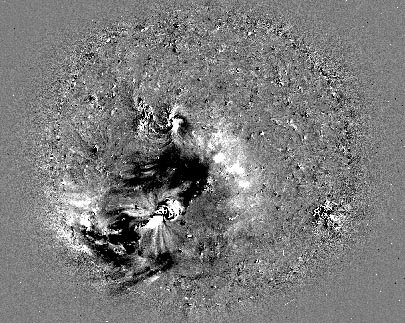
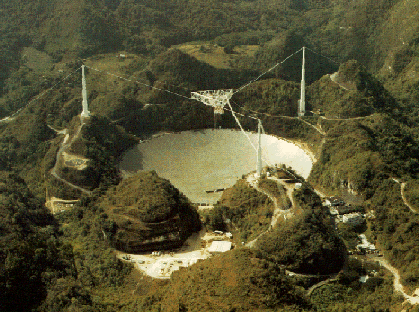
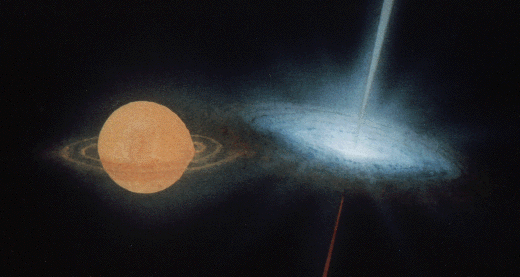
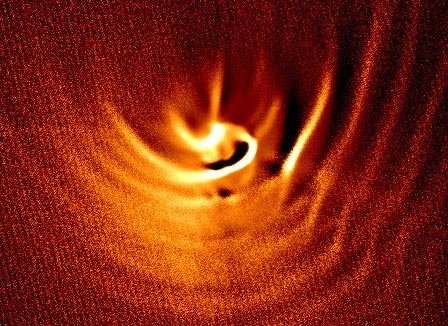
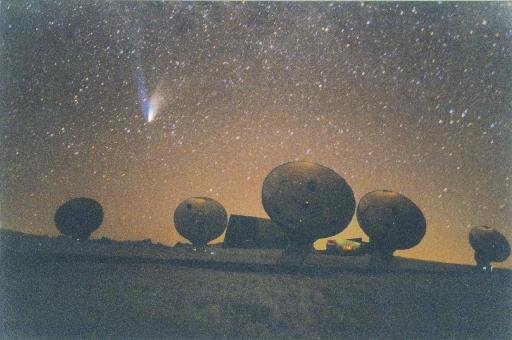
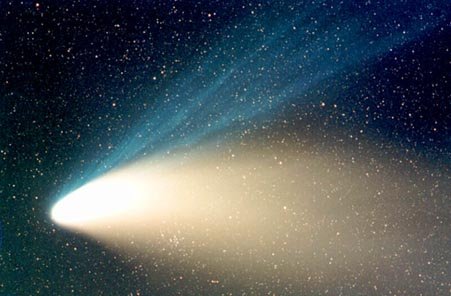
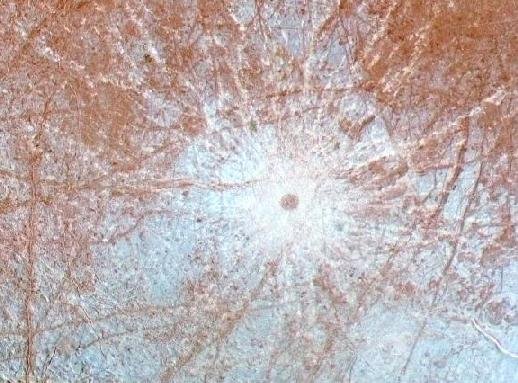
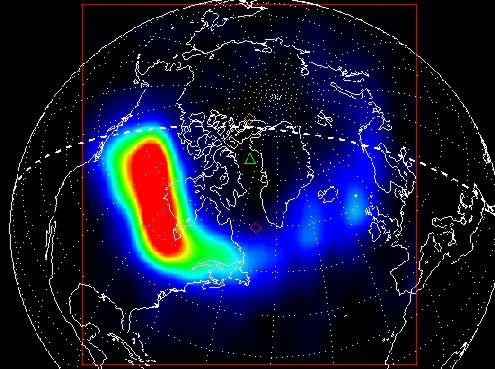
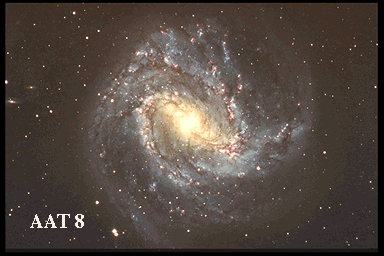

Dont be shy!Leave a comment here!